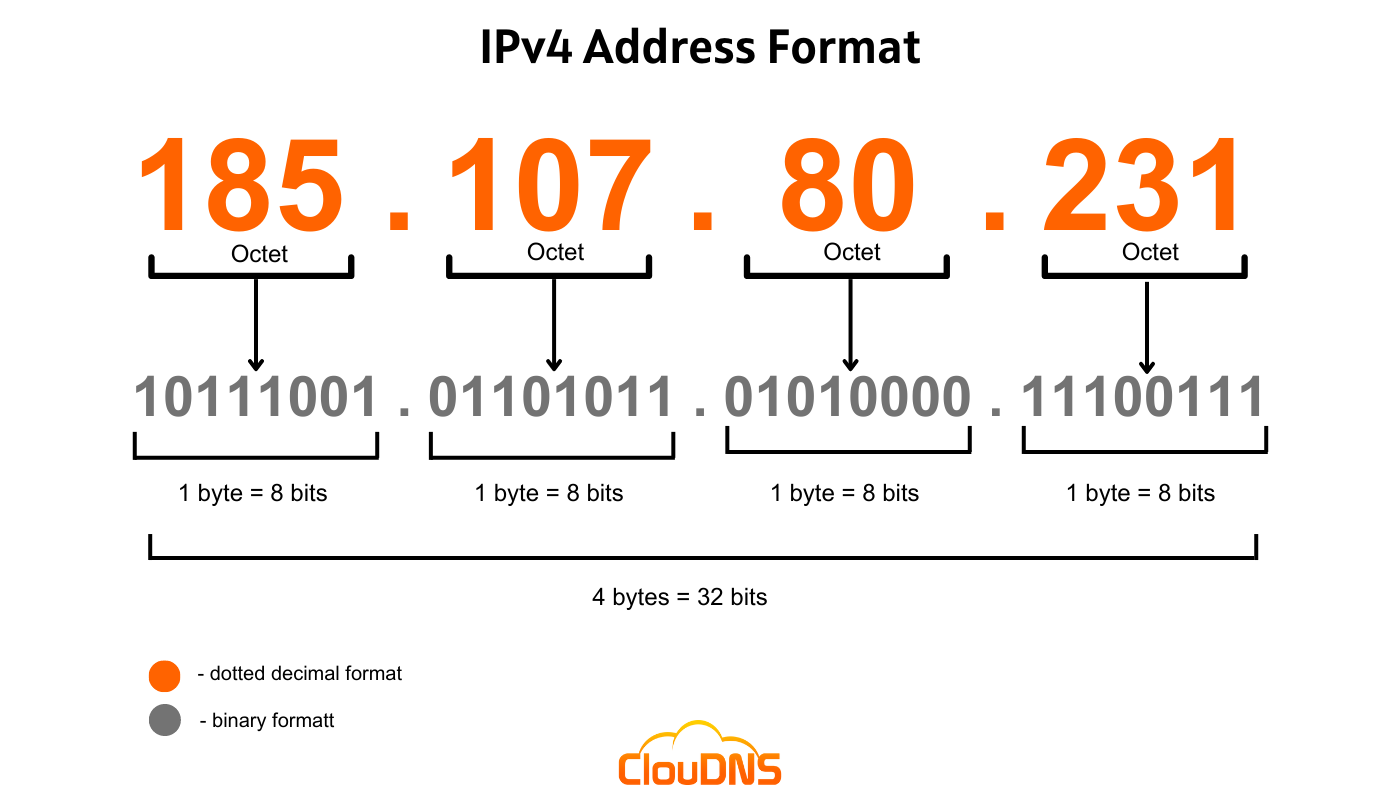
The issue of the unused IPv4 address block with the 240/4 prefix occasionally surfaces in discussions among developers and network engineers. This range, consisting of 268 million addresses, was reserved by IANA for “future addressing modes,” as stated in RFC 1112. Yet, despite the gradual depletion of available IPv4 addresses, this reserve remains untouched, leaving specialists puzzled: why has a quarter of a billion IPv4 addresses not been utilized, while the global network is in dire need of additional resources?
In 2008, two proposals were put forward to utilize the 240/4 range. One of them, the Wilson-class-e project, suggested using this range in private networks, which could have assisted large organizations in transitioning to IPv6 under a dual-stack architecture (IPv4/IPv6). This solution would have allowed major networks to avoid conflicts with existing private ranges (1918bis), such as 10/8, which are already heavily in use, and would have facilitated network equipment interactions by translating traffic through NAT.
The other proposal, Fuller-240space, recommended making the range available for general use, as it was predicted that available IPv4 addresses would be exhausted by 2010-2012. However, as experts noted, deploying support for addresses from the 240/4 range across millions of devices worldwide would have required massive effort, diverting attention from the primary objective—the accelerated transition to IPv6.
As a result, the discussions about the fate of the 240/4 range, which flared up in 2008-2009, have largely faded. The issue of IPv4 address exhaustion became critical, and the networking community shifted its focus to developing transition mechanisms to IPv6, such as Dual-Stack Lite (RFC 6333) and NAT464 (RFC 6877), which took precedence over the use of the 240/4 range.
Nevertheless, despite the abandonment of official proposals, the topic resurfaces periodically. In recent years, various studies have been conducted to determine whether this range could still be utilized in practice. In 2022, RIPE Labs conducted tests showing that Amazon AWS uses addresses from the 240/4 range for internal purposes, indicating partial private usage.
RIPE Atlas tests using servers with addresses from the 240/4 range showed that out of 7,600 probes, only 34 reached the server, all of which were in the Verizon Business network. Later, in 2024, a repeat measurement yielded even worse results—out of 190 nodes, only one managed to connect to a server in the Czech Republic, located in the Quantcom network (AS29208). Extended testing from 1,000 nodes confirmed that the reachability of servers using this range was extremely low (967 responding probes reported failure in reaching the server), largely due to the lack of routing support for this prefix on most network devices and routers.
The issue is that many routers, end devices, and networking equipment still do not support traffic handling for addresses in the 240/4 range. This is due to the fact that at the software level, many devices have a rule embedded to ignore packets with such addresses, as they were reserved for “future use” and were not intended to operate in real networks.
Network equipment, NAT systems, and other intermediary nodes, such as Carrier-Grade NAT (CGN), also often block traffic with addresses from this range, severely limiting their use on a global scale. Even if individual networks, such as Quantcom in the Czech Republic, can transmit traffic with such addresses, global routing remains problematic.
Studies have shown that attempts to deploy support for the 240/4 range on a global scale would be extremely challenging and impractical. According to the latest test data, the availability of these addresses on a global level is only 0.0452%. This means that the vast majority of nodes on the internet would not be able to interact with servers using addresses from this range. The main causes for this are routing issues, host-level filtering, and blocking at the level of intermediary networking equipment.
Thus, the use of the 240/4 range as a global unified address space is highly unlikely. Nevertheless, its private use, as demonstrated by the tests, is already happening in limited environments, for example, for internal needs of large networks like Amazon. This suggests that despite the formal lack of IANA redistribution for this range, network operators may already be using it in private networks without the risk of conflict with other unified addresses.
In conclusion, it is worth noting that the global network is not ready for the mass implementation of the 240/4 range as a public unified address space. Private use of this range remains the most reasonable approach, and networks wishing to use these addresses may do so in controlled environments.


